One morning I climbed out of my shell and decided to face the climate emergency. Having been active in peace and justice circles, I wondered why I felt so much reluctance regarding the greatest threat our species has ever faced. Then it became clear. Old-fashioned prophets stand on the corner preaching doom. I know it is important to listen but I want something else. I long to welcome another kind of prophet: the trickster, the court jester, the magician. They are capable of turning the world upside down and discovering hope under disaster, even joy in the corners of our collective psyches. That’s when Michael Meade appears one night as I happen upon his Mosaic Voices site and Living Myth podcast.
Meade, the shapeshifter, interprets ancient myths for our times. His words find their way to some deeper heart realm, an ancient misplaced or forgotten “aha” insight. Meade emerged from the cauldron of social upheaval in the sixties and seventies to become a spokesperson and master storyteller in the mythopoetic movement. He swept us into his enchanted world through soulful stories told to the beat of a drum. Like Orpheus, we followed him into the underworld seeking ancient wisdom. He spoke about healing the split in our psyches at the root of so many societal issues including the climate emergency. He reminds us we have lost the valuable tradition of initiation practices that awaken soul forces, those that show up when the future is murky and devoid of any clear path.

On the 100th episode of the Living Myth podcast, titled “The Elephant, the Blind Man, and Climate Change” Michael illustrates the challenge as well as the promise behind the climate emergency, opening doors instead of shutting them. His story is ancient and familiar. Five blind men are given the task of describing an elephant when each has access to only one part: the trunk, the tail, the leg. Their limited insights doom them to failure. The moral of the story lies in a simple question. Are we as a species cursed to repeat past failures due to our limited insight? Meade presents another option. Might the “elephant in the room” be a personification of the Indian deity, Lord Ganesh, deity of abundance? It is Ganesh who protects us and removes obstacles from our path. He symbolizes adaptability and connects us to our capacity to imagine new ways to address what seem like impossible odds. I’m delighted to embrace this view. Like the magician he is, Meade reawakens inside of me two ancient stories that fed my soul as a young adult. I ask myself if they might now contain clues for saving ourselves and life on our planet.
The Ramayana

In college, I attended an Indonesian Gamelan concert complete with shadow puppets illustrating the ancient story of the Ramayana, among the greatest spiritual epics of the East. I was besotted by the tale of the God Rama and his Goddess-queen Sita seeking refuge in a beautiful forest to escape court intrigues and the evil machinations of enemies. Years pass during this time of exile. Then the story takes a turn. Sita is kidnapped by the evil Ravana and spirited away to his island fortress. Sita might be seen as the feminine, more receptive, side of Lord Rama. I see her as an image of our natural world. How will the god respond to the loss of his greatest love and other half? At this critical point, he has the option to turn to the wise men of his court for help.
Instead, he relies on Hanuman, the Monkey King, to rescue his soulmate. Hanuman is a deity in the pantheon of gods. He holds a place for wisdom, devotion, courage, and strength. Rama turns to the lord of the animal kingdom for the intuitive, instinctual wisdom capable of out-maneuvering our limited human intellect. I recall the power of this story and its lesson – the natural world will come to our rescue in times of greatest peril only if we are humble enough to accept this help.
Quest for the Holy Grail

Some years later, I am introduced to the Quest for the Holy Grail, perhaps the greatest spiritual epic of the West thanks to the book Parzival by Wolfram von Eschenbach. The Grail Legend tells the story of the Waste Land, a place of ecological devastation. The Fisher King who rules the land is unable to free himself from the curse of his own unrecognized “shadow-self.” He fails to seek justice for the rape of the women of the Well of Life and consequently suffers from a devastating malaise. His wound impacts all life on Earth. The Fisher King takes refuge in the Grail Castle, while his kingdom comes under siege. Crops wither in the fields, babies are stillborn, and disease stalks the land.
A retinue of knights and powerful women intercede on behalf of saving life on earth. The king finally answers the two questions that will free himself and his kingdom: What ails thee? and Whom does the Grail serve? The Grail vessel, the very cauldron of life-giving energy and healing, like the holy wells on the land, lies hidden in the Grail Castle. It can only be accessed as each of us learns the healing balm of atonement or At-One-Ment.
A cast of characters assists the knight in getting the king back on track. It is a wise hermit who teaches Parsival about healing that comes with forgiveness and reconciliation or atonement. A wily old wise woman badgers the knight when he loses his way through despair and apathy. She makes sure that he gets back on his horse and back on the road. Finally, Parsival attains success in freeing the Fisher King only after being reunited with his half-brother, a person of color, from the Middle East. The lesson seems clear. We each need to welcome the “other” parts of self and those in society to achieve wholeness and integrity.
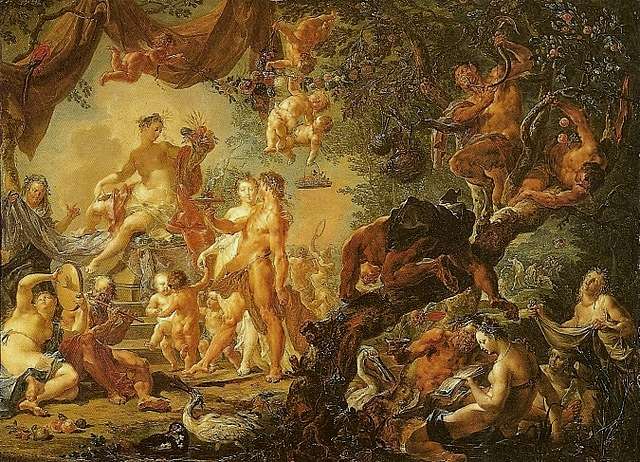
Of course, we play each role in this saga. We are all the king, the women at the well, the wise hermit, the wily old woman, as well as the knight and his brother. With the help of soul forces, we discover an awakening of inner capacities in the soul realm that often appear when everything seems impossible. This journey is both a solitary and collective one as our Grail community calls forth the imagination to restore our earth from a Wasteland to the home it was always meant to be for all species, for all time.
The specter of the climate emergency still terrifies me yet, other feelings have begun to emerge as I absorb the lessons of these ancient stories. I believe the ancestral world is coming to our aid in these critical times. Our ancestors are telling us it is possible to make this huge collective leap, the greatest initiation of all times, with their help and guidance. This is our soul journey seeking a way like the ancient plants that learned to pick up roots and move to higher ground, or those creatures that grew wings to escape destruction. It is all part of our planet and soul’s evolutionary journey. We are being guided. We are not alone. It is only necessary to stop and notice the clues that appear everywhere.
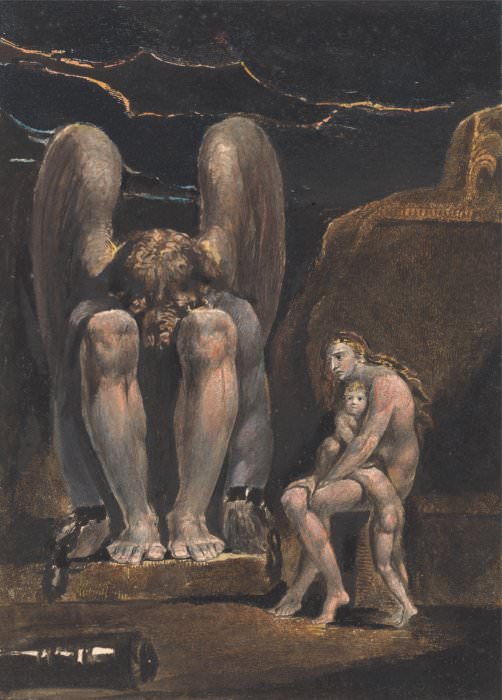

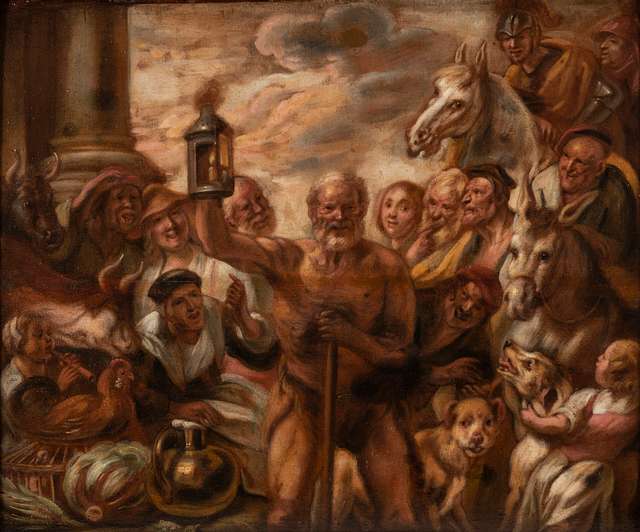
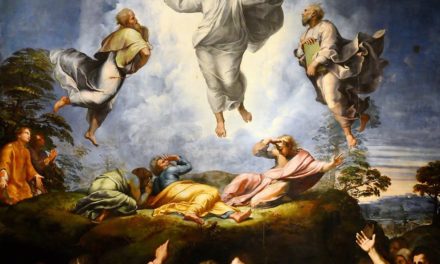


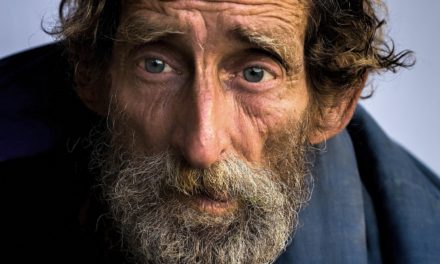

Great stuff. One of the seminal moments came as I witnessed the prayers of a devotee of Ganesha. He stood in chair in his kitchen and looked enraptured as his face was as close as he could get it to the carving of his god. Many thanks for this road to saving our planet.
Marijo Grogan’s piece is a stunner! The quest for the Grail has always held deep importance for me; she captures the myth and the magic perfectly. I love how she includes the “wily old wise woman who badgers the knight when he loses his way through despair and apathy….: Truly a parable for our time, for all time. Thank you, Marijo, for the truth of your words. _Mary Alice Dixon